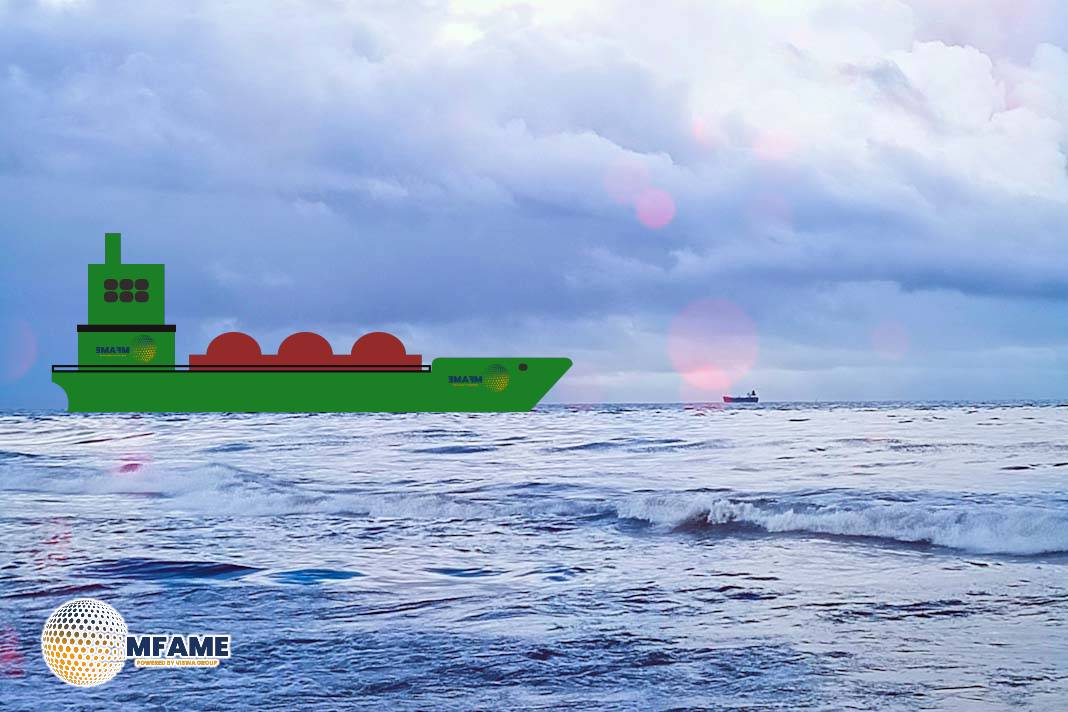 Safe transport of solid bulk cargoes by sea is regulated by the International Maritime Solid Bulk Cargoes (IMSBC) Code. One of the most common challenges faced by Loss Prevention teams is how to deal with cargoes whose names do not appear in the IMSBC Code’s list of Bulk Cargo Shipping Names (BCSN).
Safe transport of solid bulk cargoes by sea is regulated by the International Maritime Solid Bulk Cargoes (IMSBC) Code. One of the most common challenges faced by Loss Prevention teams is how to deal with cargoes whose names do not appear in the IMSBC Code’s list of Bulk Cargo Shipping Names (BCSN).
This article outlines the proper procedures to follow when a cargo’s name does not match any listed BCSN and highlights the responsibilities of shippers, masters, and competent authorities to ensure maritime safety.
Steps to Take When a BCSN is Missing or Incorrect
When a shipper provides a cargo name that does not match any BCSN listed in Appendix 1 of the IMSBC Code, immediate caution is necessary. Here are key checks and actions to perform:
-
Check for Synonyms: Sometimes, the cargo name may be a synonym for a listed item. For example, “Chrome Ore” is listed under the BCSN “CHROMITE ORE”. Appendix 4 can help in identifying these synonyms. However, even when a synonym is identified, the correct BCSN must be used in the declaration as per Section 4.1.3 and 4.2 of the Code.
-
Check for Grouped Entries: Certain cargoes are grouped under a single schedule, such as “Mineral Concentrates”, which covers multiple BCSNs.
-
Check the Language: If the cargo name is in a foreign language, refer to Appendix 5 where BCSNs are translated into English, French, and Spanish.
Despite these efforts, if a cargo still cannot be matched to an official BCSN, Section 1.3 of the IMSBC Code — dealing with “Cargoes not listed in this Code” — must be followed rigorously.
Procedure for Unlisted Cargoes and the Role of Competent Authorities
When dealing with an unlisted cargo, the first step is for the shipper to provide detailed information about the cargo’s characteristics to the Competent Authority at the Port of Loading (CA-PL). Based on the hazard the cargo may pose, it is classified into one of three groups:
-
Group A: Moisture hazard (e.g., risk of liquefaction)
-
Group B: Chemical hazard (e.g., risk of gas emission or fire)
-
Group C: No specific hazard
If the cargo falls under Group A or B, a Tripartite Agreement must be established between the CA-PL, the Port of Discharge (CA-PD), and the ship’s Flag State. This agreement outlines specific safety measures for carriage.
If the cargo is deemed Group C, the CA-PL can independently authorize its shipment but must notify the other authorities. In all cases, the CA-PL must provide a certificate with the information required in Section 1.3.2 to the ship’s master before loading begins.
Dealing with bulk cargoes not listed in the IMSBC Code requires caution, adherence to protocol, and effective communication with the appropriate authorities. The shipper holds the initial responsibility to provide complete and accurate cargo information. Masters and shipowners should never proceed with loading until the cargo has been properly assessed and authorized.
Following Section 1.3 of the IMSBC Code is crucial in ensuring the safety of the vessel, crew, and environment. When in doubt, always seek clarification from the shipper or relevant authorities.
Did you subscribe to our Daily newsletter?
It’s Free! Click here to Subscribe!
Source: BRITANNIA
















